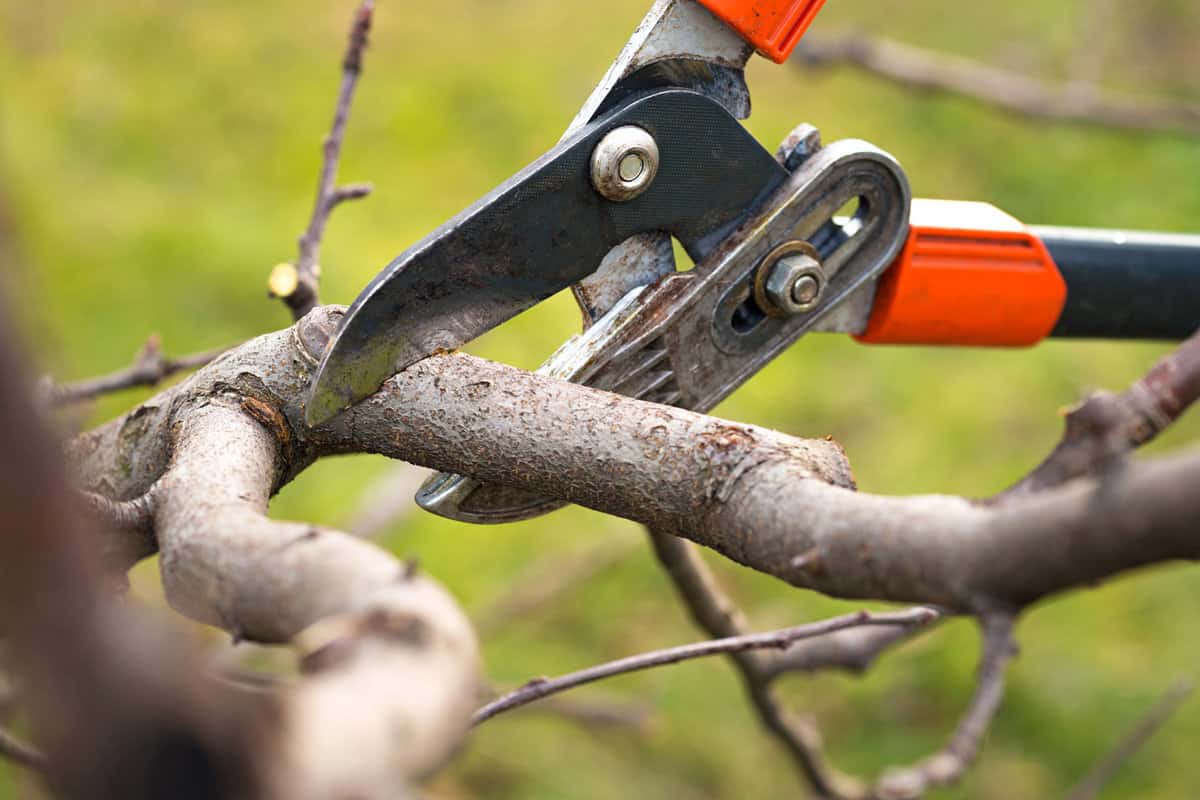Are you planning to remove tea trees in your yard? Don't worry. To help you, we researched how to do this correctly and safely. Let's check out the answer below.
Regardless of your reasons, removing tea trees involves several ways. Here are the following techniques while observing safety measures:
- Apply an herbicide.
- Cut the tree.
- Fill the holes with salt.
- Burn the stump.
- Hire an arborist.
We have a detailed discussion on discarding tea trees. We'll also explore the uses and pruning of tea trees and more. So, keep on reading!
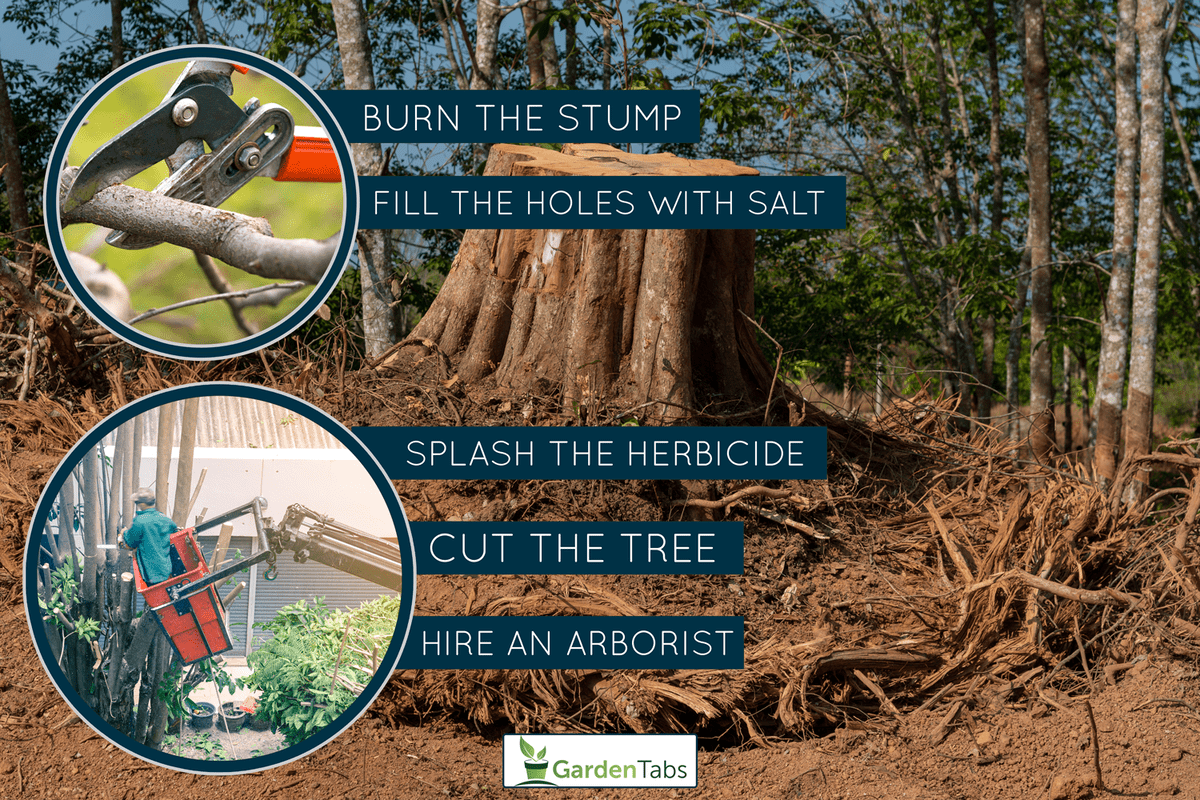
What Does A Tea Tree Look Like?
Widely cultivated in Australia, the tea tree or creamy honey-myrtle (Melaleuca alternifolia) has a round canopy and alternating foliage. Similarly, this small evergreen has white bottlebrush flowers, cup-shaped fruits, and papery bark.
Tea trees have an invasive root system that can become a nuisance to your home and neighborhood.
How Do You Get Rid Of A Tea Tree?
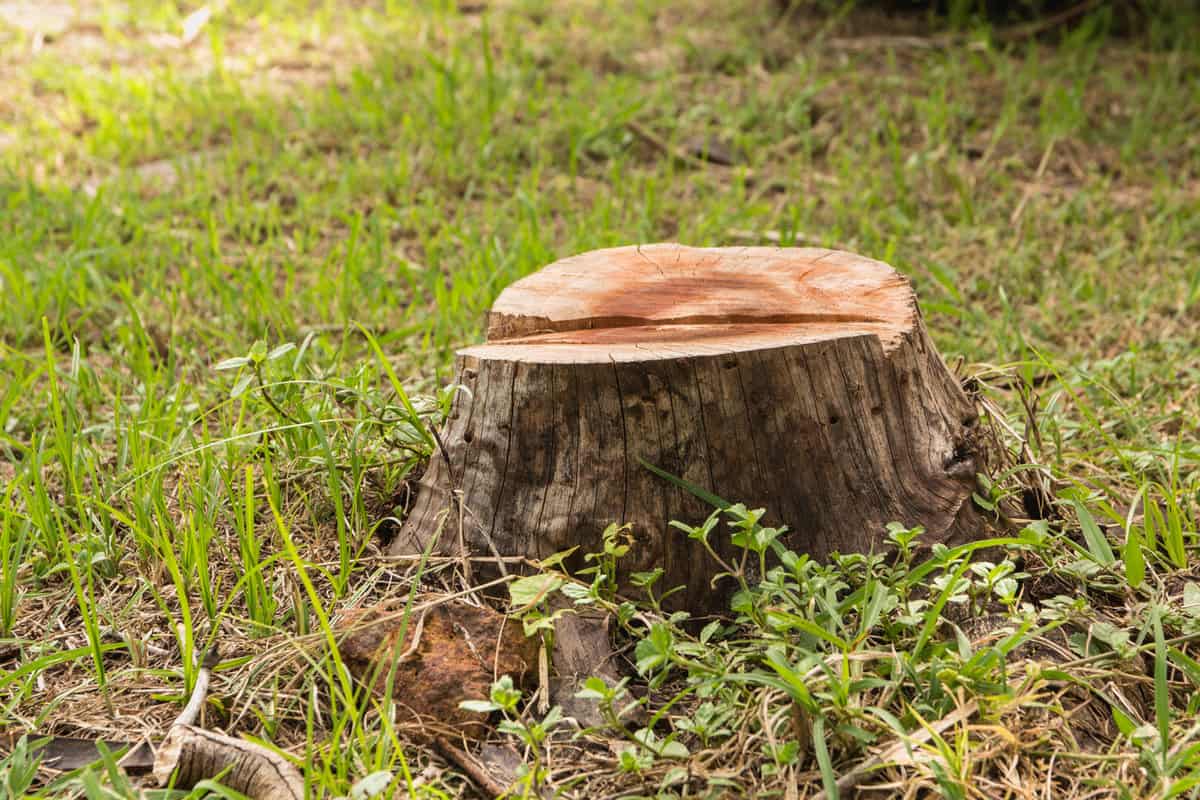
As a tea tree owner, you must maintain it regularly and ensure it is blooming.
However, there are times when it causes severe problems for your home and neighboring properties. Thus, if you experience the abovementioned concerns, you must remove your tea tree to stop them.
Consider performing one or more of these five techniques depending on the tree condition.
Apply An Herbicide
Before applying the herbicide, carve notches or frills in the trunk. The cut must be under the bark without being too deep. The goal is to reach the phloem layer found below the bark.
Because phloem is responsible for food transfer from the leaves to the roots, it is where you splash the herbicide to stop the growth.
Cut The Tree
After a few weeks of soaking the herbicide, use cutting tools to trim the tree. The cutting tools for this project are a chainsaw, electric pruning saw, ax or hatchet.
In addition, any of these tools will do the job, but for safety, you must hold and store them properly.
Fill The Holes With Salt
Sprinkle a generous amount of pure Epsom or rock salt in the holes or cavities of the tree stump.
Afterward, cover them with a trash bag or plastic tarp to protect them from becoming wet or exposed to the sun. Within 6 to 10 weeks, the tree will break apart. Lastly, dig up the roots.
Burn The Stump
Another powerful approach is to set the stump on fire. However, you must ensure the burn is controlled and abiding by the ordinances.
Meanwhile, invite your friends to your house for a bonfire dinner if you want to enjoy the heat.
Hire An Arborist
Can You Eat Tea Tree Leaves?
Tea tree leaves are for external use only, making them inedible. It is poisonous when ingested.
Similarly, the undiluted and highly concentrated form is also harmful because it triggers allergy and irritation. Hence, avoid applying directly on the skin, especially around the mouth.
According to the New Directions Aromatics, you may experience the following symptoms:
- Skin problems (rashes and itchiness)
- Decreased physical abilities (drowsiness, shakiness, and weakness)
- Internal abnormalities (vomiting, diarrhea, and nausea)
- Compromised mental state (coma, confusion, and hallucinations)
Moreover, keep it from the reach of children and pets. It is also highly toxic for your pets, causing weakness and later death.
Can You Make Tea From Tea Tree Leaves?

You cannot infuse tea tree leaves to create black, green, or oolong tea. Tea tree leaves are different from the tea plant (Camellia sinensis).
On the other hand, the tea seed oil from Camellia sinensis is unrelated to tea tree oil.
The former is a cooking oil with a high smoke point. Likewise, it is an amber-green, cold-pressed oil. You can purchase it from Asian grocery stores and drizzle it on your dressings and marinades.
Despite these, the tea tree comes with different purposes.
What Do You Use Tea Trees For?
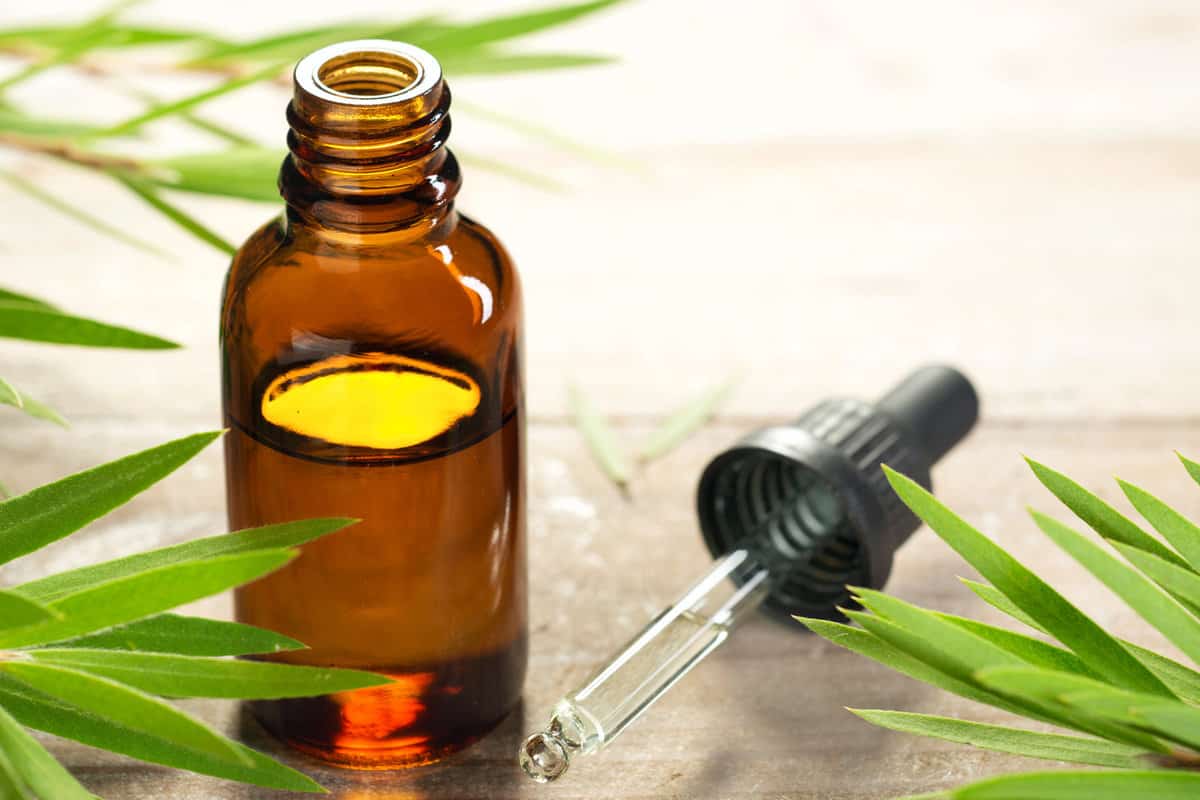
Based on alternative medicine, the tea tree has anti-inflammatory and antiseptic effects.
In other words, it fights bacteria, fungi, and viruses. It aids in reducing acne, pimples, boils, cold sores, or fungal diseases.
Likewise, tea tree extract was helpful during surgeries before the invention of penicillin.
Tea Tree Oil
Its leaves and twigs undergo steam distillation and contaminants extraction to create essential oils.
In traditional medicine, tea tree oil is a topical application. In addition to body relief, it is also prevalent in aromatherapy because of the pleasant nutmeg-like fragrance.
For instance, put 6 to 8 drops of this oil in your bathtub, whereas 2 to 4 drops in a diffuser or oil burner. In return, this will boost your mood, similar to stimulants.
Meanwhile, we collected different commercial and homemade products with tea tree extract available on the market.
Shampoos
Herbal shampoos with tea tree essence help treat hair loss, dandruff, and flaky scalp. While it boosts circulation and hair growth, it also reduces lice and nits.
Deodorants And Soaps
Because of the tea trees' antibacterial properties, manufacturers incorporate their oils in body deodorants and soaps. This formula controls strong sweat odor and fungal infection.
Cosmetics
You can find traces of tea tree extracts in creams, gels, lotions, and toners, to name a few. These skincare products usually serve as an anti-acne or anti-drying treatment.
All-Purpose Cleaners
Although there are ready-made solutions, you can DIY a cleaner by mixing the oil with water and apple cider vinegar. It is a natural cleanser for various surfaces.
Food Spray
Spraying it will help to prevent mold growth in fruits and vegetables.
As a disclaimer, remember that this is only for informational purposes, not medical advice. Thus, consult your doctor before using this for safety.
You will need a permit to remove a tree on your property if you meet the following situations.
- It is beside the street or road.
- Removing it will affect over 5000 square meters of a tree canopy.
- Your property is within an incorporated village or place.
- There are existing guidelines from your homeowner's association.
- The tree's condition is harmful.
How Much Does A Tea Tree Removal Cost?
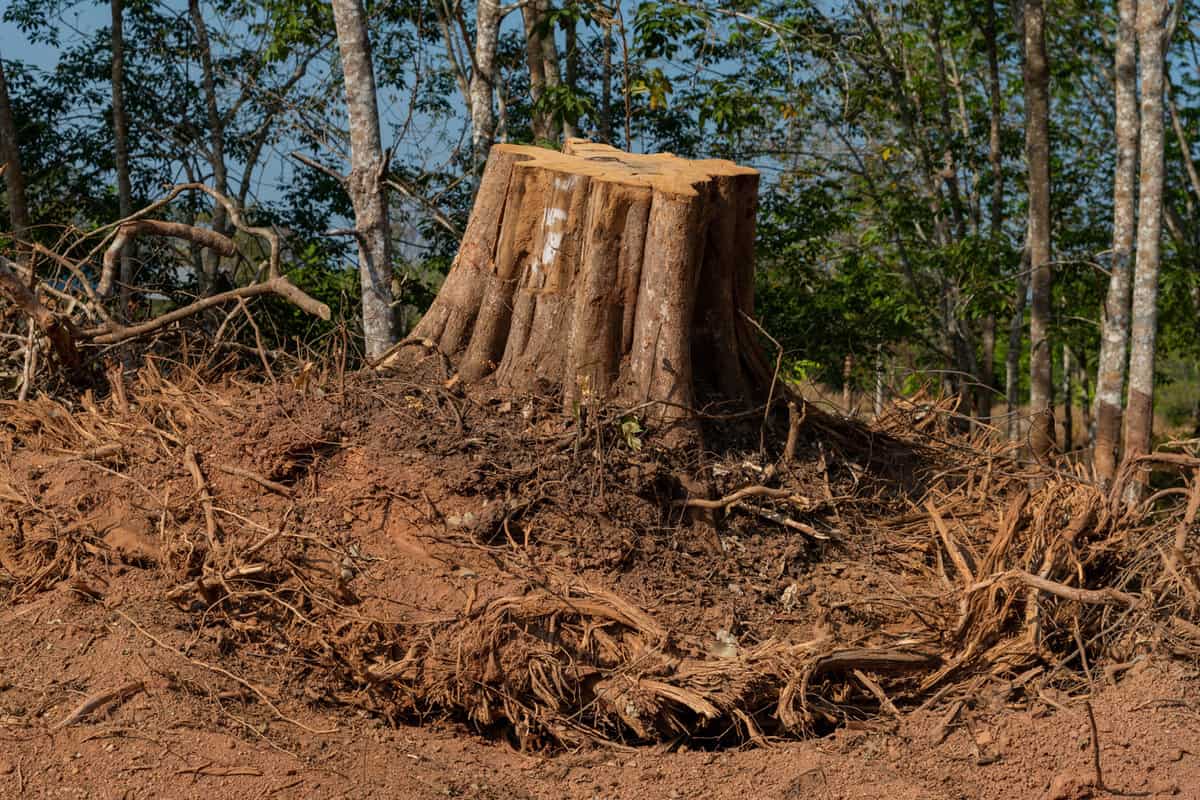
Because the tea tree is a shrub that can grow up to 20 feet, you will spend lower than other big trees. In the US, prices range from $150 and $2,000.
Arborists charge between $10 to $14 per foot. The standard services available are tree, stump, and shrub removal.
Moreover, the removal cost varies based on several factors:
- Home location
- Tree type
- Number of trees
- Trunk diameter
- Tree height
- Tree accessibility
- Condition (fallen or unstable)
- Urgency
Our Final Thoughts
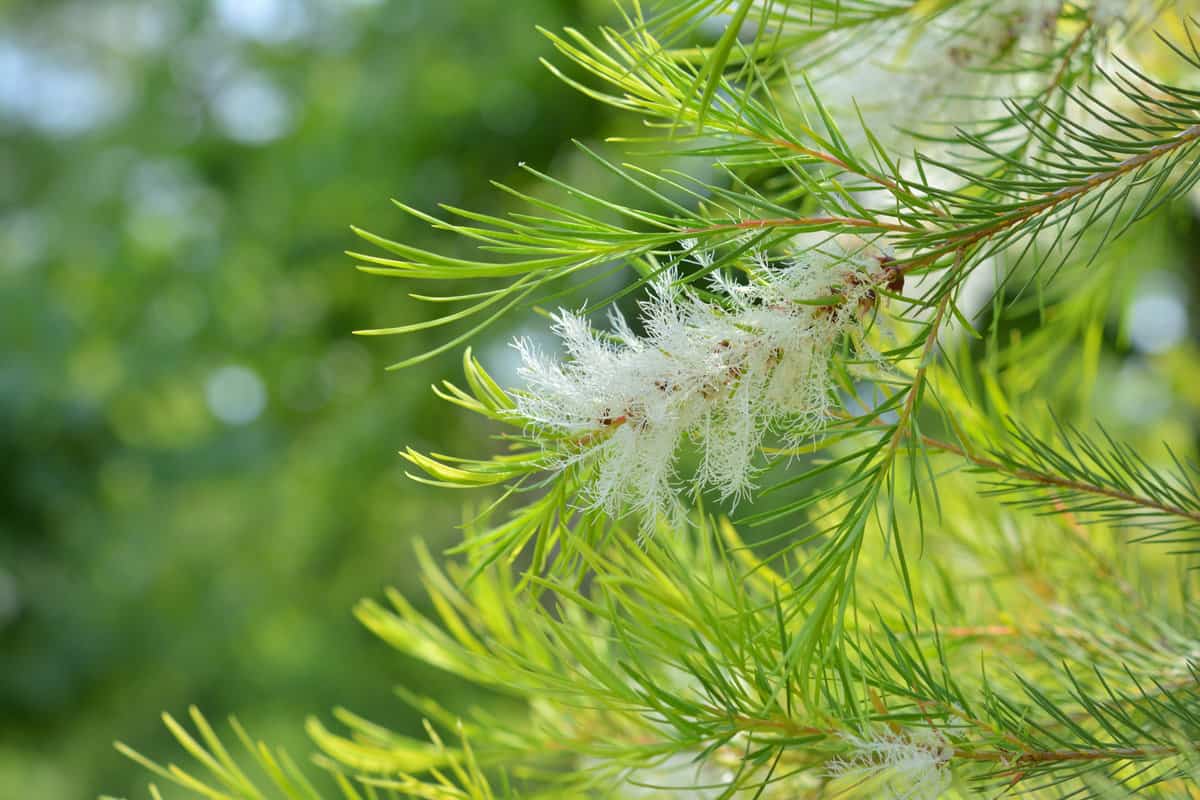
Tea tree removal is affordable yet crucial to maintaining home safety. In the end, prevention is better than cure, regardless of your method.
Thanks for reading! If you enjoyed this post, explore these articles about other trees:
How To Remove A Tree From Your Yard? [5 Crucial Things to Consider]





